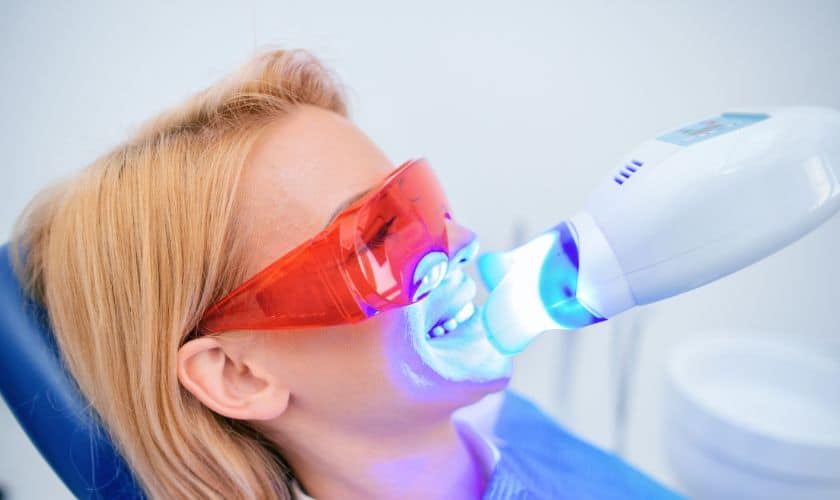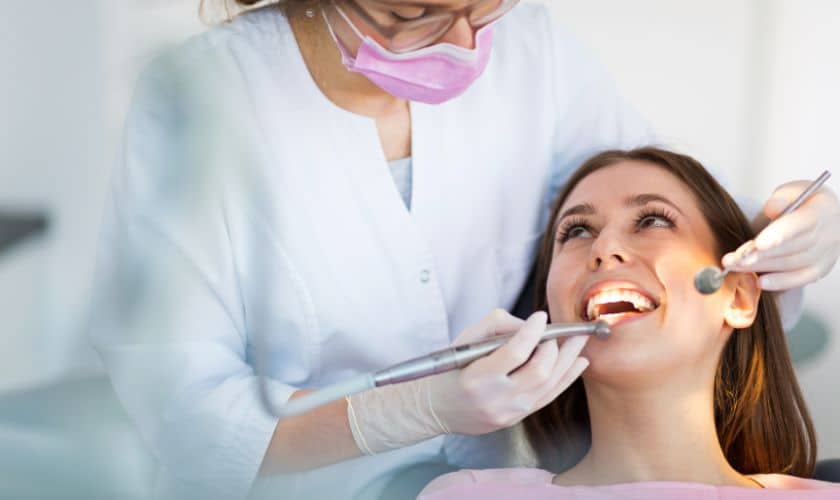SCHEDULE A CONSULTAtion
Do Tetracycline Antibiotics Stain Your Teeth? How To Remove Tetracycline Stains

Tetracycline antibiotics have been a boon in the world of medicine, effectively treating a wide array of bacterial infections. However, one of the unexpected side effects of these medications is their potential to stain teeth. This phenomenon has left many patients wondering: do tetracycline antibiotics stain your teeth? In this blog, we’ll delve into the science behind tetracycline staining and explore methods to remove these stubborn stains.
Understanding Tetracycline Antibiotics
Tetracycline antibiotics are commonly prescribed to combat bacterial infections ranging from acne to urinary tract infections. They work by inhibiting the growth of bacteria, ultimately stopping the infection in its tracks. However, tetracycline has a unique property that sets it apart from other antibiotics – it can bind to calcium ions present in developing teeth and bone.
Why Do Tetracycline Antibiotics Stain Teeth?
During tooth development, from infancy through adolescence, teeth undergo mineralization, a process where calcium and other minerals are deposited into the developing tooth structure. Tetracycline, when ingested during this critical period of tooth development, can become incorporated into the forming dental enamel. This incorporation leads to the formation of tetracycline stains, which typically manifest as dark bands or splotches on the teeth.
Can Tetracycline Stains Be Removed?
While tetracycline stains are notoriously difficult to remove, there are several methods that can help diminish their appearance:
- Professional Teeth Whitening: Professional teeth whitening treatments administered by a dentist can effectively lighten tetracycline stains. These treatments often involve the use of bleaching agents such as hydrogen peroxide or carbamide peroxide, which penetrate the enamel to break apart stains and brighten the teeth.
- Microabrasion: Microabrasion is a minimally invasive dental procedure that involves the removal of a thin layer of enamel using a mixture of acidic and abrasive agents. This technique can be effective in reducing the appearance of tetracycline stains by removing the outermost discolored layer of enamel.
- Veneers or Bonding: For more severe cases of tetracycline staining, porcelain veneers or dental bonding may be recommended. Veneers are thin, custom-made shells that are bonded to the front surface of the teeth, while bonding involves applying a tooth-colored resin to the teeth to conceal stains and improve their appearance.
- Home Remedies: While home remedies may not be as effective as professional treatments, some individuals have reported success in lightening tetracycline stains with over-the-counter whitening toothpaste, baking soda, or activated charcoal. However, it’s essential to use these remedies with caution, as they may cause enamel erosion if used excessively.
Prevention Is Key
Preventing tetracycline staining is preferable to treating it after the fact. If you or your child is prescribed tetracycline antibiotics, it’s crucial to follow your dentist’s recommendations to minimize the risk of staining. This may include avoiding tetracycline during pregnancy or infancy, as well as using alternative antibiotics when possible.
Conclusion
Tetracycline antibiotics can be life-saving medications, but their potential to stain teeth is a well-documented side effect. Understanding the mechanisms behind tetracycline staining and knowing how to effectively remove these stains can help individuals maintain a bright, healthy smile. Whether through professional treatments or home remedies, addressing tetracycline stains can restore confidence and improve oral health. As always, consulting with a dentist is recommended to determine the best course of action for your specific situation.






